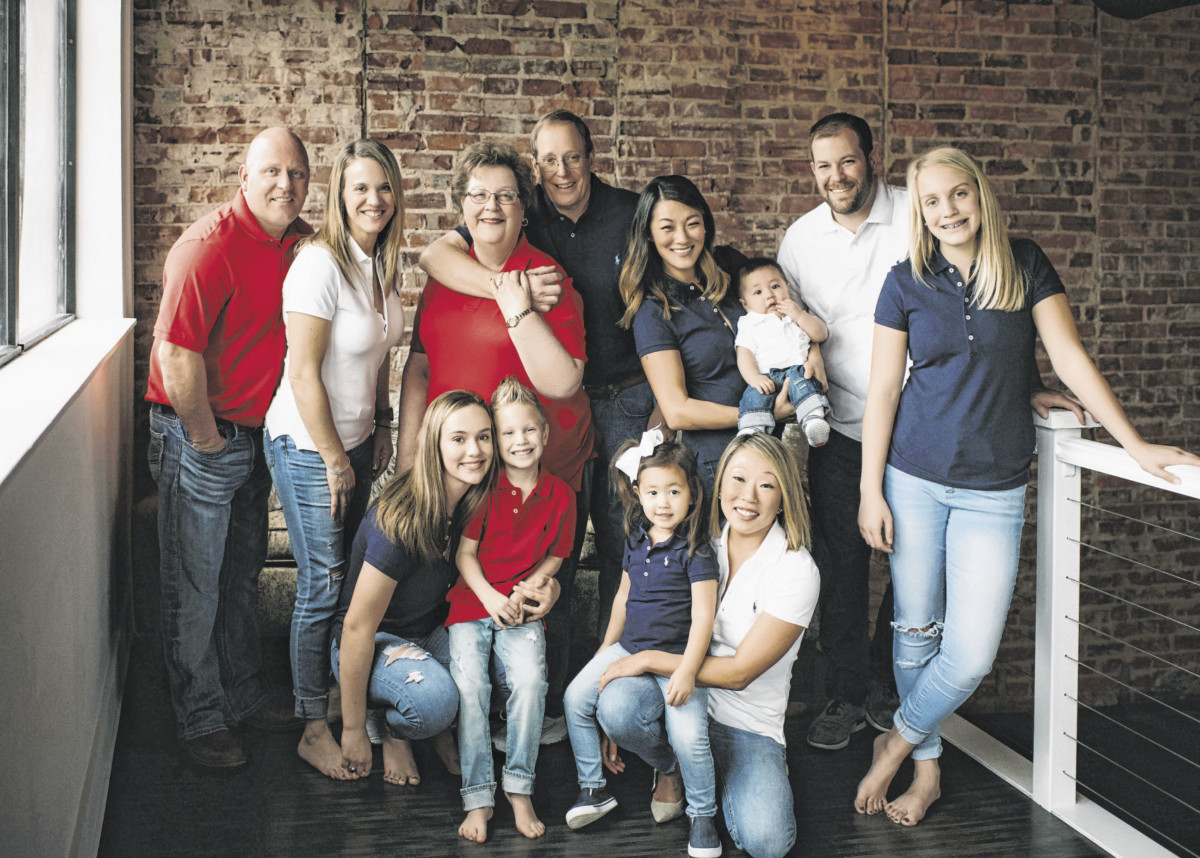
By Billie Stewart
On July 3, 2015, Sam Stewart underwent a fifth surgery and a third valve prosthesis replacement.
He would be the first patient in Indiana to truthfully say three of his four heart valves were prosthetics, the latter being a bovine tissue valve.
Although the surgery was a success, it, too, would come with complications. Dr. David Heimansohn made an incision under the breast and above the rib cage to access the valve. What he discovered was an unimaginable amount of calcified scar tissue that had to literally be chipped away with a bone chisel before accessing the pericardium.
In the process, his right lung was severely bruised. He was hopeful after correcting the blood flow that his liver would regenerate to a healthier status but less confident of the lung’s ability to recover.
It would be several months later before the realization of the damage to the right lung. Due to his blood thinning medication, his badly bruised lung slowly seeped blood into the lung cavity and congealed prior to their knowledge. After several consultations with a thoracic surgeon, the risk of surgery would outweigh the benefit.
The difficulty for Sam has been the realization that his body has not bounced back to a normal state after this surgery and its complications.
In late 2018, he began feeling sluggish, and his weight was slowly increasing. After numerous tests, they determined his liver was compromised. It had not regenerated as they had hoped. He also was informed his heart health was declining in conjunction with the liver and the best they could do was to help maintain his status with a change in drug therapy.
Sam inquired about another avenue for research or opinion. Dr. Nancy Branyas made a referral to Mayo Clinic in Rochester, Minnesota, for Sam. Mayo Clinic is ranked No. 1 for congenital heart research in the country. Since September 2019, he has visited Mayo Clinic five times for intensive testing on his liver and heart.
As suspected, he suffers from hardening of the pericardium, restricting the heart’s ability to pump purely. His heart muscle also has begun to stiffen due to excessive multiple surgeries.
There is an uncommon procedure to remove the pericardium, but he is in a moderate stage at this time. The mortality rate for the removal is relatively high, so prolonging the surgery is in his best interest.
He also suffers from cardiac-induced cirrhosis. This was produced by an overflow of blood that saturated the liver and spleen and his body’s uncanny ability to produce scar tissue.
These conditions cannot be corrected, but the progression can be slowed by medication and diet. If his wet weight (fluid retention/congestion) can be controlled, the damage to heart and liver should be maintained at the current status for a longer period of time. Adjustments have been made to his medications, the sodium restriction still applies and he now adheres to a fluid restriction of 64 ounces per day.
As we recognize National Heart Month, look at the progress made in cardiac research in Sam’s 66 years. He once was a toddler with no future, an adolescent with possibilities of normalcy, a teen who would grow into a man, a man who would age gracefully with dignity and hope due to continuous innovations in cardiac research.
During his lifetime, he has seen the following innovations: The cardiopulmonary bypass pump, the first successful heart transplant, the Jarvik (artificial/mechanical heart), the heart pump, variations of prosthetic valves, mechanical and tissue, implanted pacemakers and defibrillators, bypass and stent procedures. He has seen improvement in drug therapy. Let’s not forget overall heart healthy education.
These things are possible through your donations to the American Heart Association. But most importantly, it is made possible through humanitarian actions: Praying, caring and donating your blood, time and kindness.
Through the years, Sam has never brought to light his health issues with other individuals. He never wanted pity or to be treated differently than anyone else.
However, during his hospital visits, he has allowed himself to be used as a case study for young interns. Prior to the Ross procedure, an entire cardiac anatomy class from Indiana University visited his room, and each took a turn listening to his heart that can only be described as the sound of the agitator of a washing machine.
In 2018, during an emergency room visit to St. Vincent’s during a bout of pneumonia, interns and residents alike caught wind of the patient with three prosthetics that included two mechanical valves. They rushed to the room before the end of their shift to ask if they could listen to his heart.
In 2019 while undergoing testing, a research doctor approached Sam about his willingness to be a case study. Although he is a case study on paper, he is hoping to avoid being an in-resident case study for now.
However, he has the reassurance in knowing this facility and others are continuing to break barriers in cardiac research.
Billie Stewart is a Seymour resident. Her husband, Sam Stewart, is a 66-year-old man who has undergone multiple heart surgeries. In honor of National Heart Month, she is sharing his story. This is the third of a three-part series. Send comments to [email protected].
